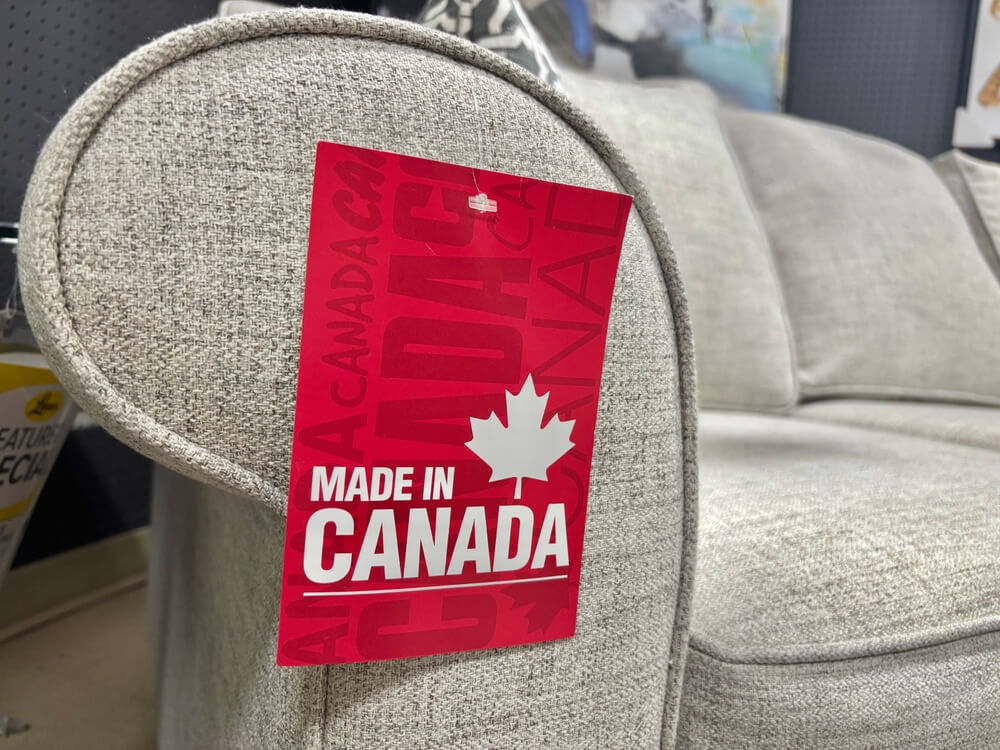
If you are not redirected within 30 seconds, please click here to continue.
Samedi: 10h – 16h HAE

If you are not redirected within 30 seconds, please click here to continue.
If you are not redirected within 30 seconds, please click here to continue.
Canada's Banks Go Big on PrePaid Credit Cards

Table of Contents
What looks like a credit card, works like a credit card, but doesn't charge interest or require monthly payments? Prepaid credit cards, which carry a pre-determined, reloadable balance, are one of the fastest-growing product markets, and Canada’s big banks are keenly interested in getting them in your wallet. Here’s why, and some warnings for consumers who use them.
What’s The Difference?
As the name suggests, rather than getting a monthly statement balance owning, these are credit cards that you pay for in advance, with either a one-time (non-reloadable) balance deposit, or with a reloadable card – which the banks refer to as an“open loop prepaid card” – that you can continually top up the balance on. Other than the method of payment, you use them as you would a regular credit card at any of the same online or bricks-and-mortar retailers you normally shop at.
A Growing Market
A survey conducted for the newly formed industry association the Canadian Prepaid Providers Organization (CPPO), found that only 29 per cent of Canadians have used a prepaid card, compared to about 60% of Americans. Still, MasterCard Canada estimates that the prepaid credit card market will reach $4.9 billion in Canada in 2015. (In the U.S., consumers used prepaid cards for $200 billion in purchases in 2014.)
Ownership Has Its Privileges
A backgrounder on the CPPO website proclaims among the many benefits of using these cards that, “They are an excellent tool to manage a family budget because a set amount of funds are loaded in advance of the purchase. Consumers can exert control over their spending and avoid interest charges and overdraft fees.” The banks are promoting them to everyone from parents who want to provide their children with money, but be able to keep tabs on it, to recent immigrants who are still establishing credit history and bank accounts here in Canada.
The same CPPO survey found that most of us (78%) “use less cash than they used to.” The organization touts the cards as a safer option to cash, with all the security and fraud-protection of a regular credit card. If the card is lost or stolen, simply contact your bank to put a freeze on it.
Depending on which card you choose, you may also earn rewards points, and have extended warranties and purchase protection.
No Free Lunch
Buried in all the promotional materials about the benefits of these cards is the fact that they cost money. The ScotiaBank Prepaid Visa SCENE card, for example, costs $10 to buy. There’s also a $10 annual fee (automatically deducted from the balance on the anniversary date), and a $10 fee to replace a lost or stolen card.
On top of that, if you fail to use (or forget you have) one of these cards for a period of 36 months, the bank will deduct a fee of $3.50 per month until the balance hits zero.
And, if you decide that you’d rather use cash or a regular credit card instead, there’s another $10 fee to close out an account and get your money refunded.
Some cards are specifically geared to travellers, such as the BMO Prepaid Travel MasterCard. But be aware that these cards charge a 2.5% premium on foreign currency conversions.
Finally, keep in mind that if you put a significant amount of money on a prepaid card you could be missing out on earning interest. Unlike a savings account where you could earn up to 1.85% a year in interest, prepaid cards do not pay any interest on balances.
Get money-saving tips in your inbox.
Stay on top of personal finance tips from our money experts!










